Teaching your husky to howl: Use a high-pitched sound or play a recording of a howling husky to encourage them to howl along.
| Name of the Quick Fact | Data Itself |
|---|---|
| Practice Imitation | Howl yourself to encourage your husky to join in. |
| Use Musical Instruments | Play musical instruments or videos with howling sounds to trigger howling. |
| Respond to Environmental Triggers | Take advantage of environmental noises like sirens or other dogs howling. |
| Ensure Husky Comfort | Make sure your husky feels safe and comfortable; stress can prevent howling. |
| Training Sessions | Limit training to short sessions, around 5-10 minutes, to maintain your huskys attention. |
| Reinforcement Strategies | Use positive reinforcement like treats or praise when your husky howls on command. |
| Be Patient and Consistent | Be consistently patient, as some huskies may take time to learn to howl on command. |
How to make husky howl
To make a husky howl, you can try playing a recording of a wolf’s howl to trigger their natural instinct to howl. You can also encourage them to howl by howling yourself or using a harmonica or other similar instrument to create a howling sound.
Engaging in activities that trigger their howling instinct, such as playing with other dogs or participating in sledding or agility activities, can also encourage them to howl.
To delve deeper into the endurance capabilities of huskies and understand the extent of their remarkable athleticism, explore our comprehensive article, "Uncovering the Husky's Running Endurance." Unveiling the mysteries of these energetic canines, the article offers valuable insights for any husky owner or enthusiast. How many miles can a husky run? Unlock their potential!

Setting the Stage for Howling
To set the stage for howling, it’s essential to create a calm and stress-free environment for your Husky. First, find a quiet space in your home where your Husky feels comfortable and secure.
This could be a cozy corner or a designated area where your Husky usually relaxes. Ensure that the temperature is comfortable and there are no distractions or loud noises that could startle or unsettle your Husky.
How to make husky howl
Additionally, it’s crucial to gauge your Husky’s emotional state before attempting to teach them to howl. A Husky that is already anxious or excited may not be receptive to learning how to howl.
Take the time to engage in calming activities such as gentle play or a relaxing petting session to help your Husky reach a relaxed state. By creating a peaceful and relaxed environment, you are laying the groundwork for successful howling training sessions.
For additional insights on raising a strong and healthy companion, explore the developmental stages of this majestic breed. Uncover when a husky reaches full maturity and the impacts on training and behavior by visiting the age at which a husky is fully grown.
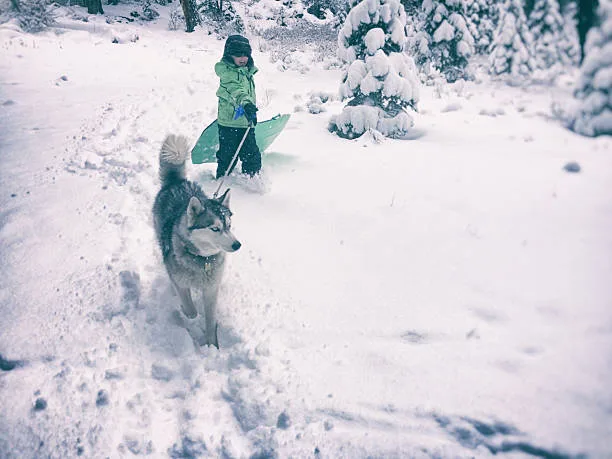
Using Sound Triggers
To encourage your husky to howl, you can use high-pitched noises as sound triggers. These can include musical instruments like harmonicas, flutes, or even certain songs with high-pitched tones.
Huskies have a natural instinct to respond to such sounds, which can stimulate their inherited howling behavior. By incorporating these sound triggers into your training sessions, you can create an environment that encourages your husky to express their vocalizations and embrace their instinctive communication style.
The key is to observe your husky’s response to different sound triggers and identify which ones elicit the most vocal reactions. This will help you tailor the training to effectively elicit howling behavior from your husky.
Remember, patience and consistency are essential when using sound triggers to encourage your husky to howl.
How to make husky howl
By incorporating high-pitched noises like musical instruments or specific songs into your training, you can stimulate your husky’s natural howling instincts.
For a deeper dive into the captivating behavioral traits and the spirited disposition of these remarkable canines, we invite you to explore the comprehensive guide on Alaskan husky personalities. Discover how their instinctual behaviors contribute to their unique character dynamics and learn how to foster a harmonious relationship with these vocal and energetic companions.
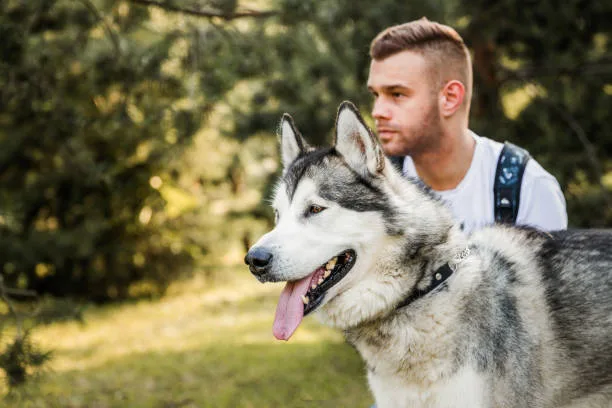
Howling Along – The Human Element
To encourage your Husky to howl and make it a bonding experience, you can participate by howling yourself. Start by finding a quiet and relaxed environment to engage with your Husky.
Begin the session by making high-pitched howling sounds and observe your Husky’s response. If your Husky shows any interest or inclination to howl along, continue the howling in an encouraging and cheerful manner.
It’s essential to maintain a positive and supportive attitude throughout the process. Additionally, incorporating treats and praise as rewards for your Husky’s participation can reinforce the desired behavior.
Remember that patience and consistency are key when teaching your Husky to howl, so make sure to have regular practice sessions to strengthen the bonding experience through shared vocalization..
As you strengthen your bond through shared howls, ensure your Husky also has a comfortable personal space. Dive into our comprehensive guide on finding the ideal crate size and type for your Husky, enhancing your pet's overall well-being.
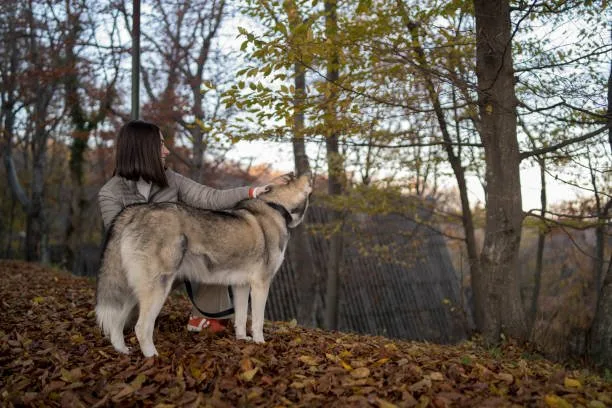
Leveraging Husky Social Behavior
Huskies are extremely social animals and are heavily influenced by the behavior of other dogs, especially their own kind. When it comes to howling, the presence of other howling huskies can significantly impact your husky’s vocalization tendencies.
To make husky howl, consider exposing them to the sounds of other howling huskies either through in-person interactions or recordings. This can trigger their natural instincts to join in the howling, as it is an integral part of their social behavior and communication.
Additionally, arranging playdates or socialization sessions with other huskies who are prone to howling can provide valuable opportunities for your husky to learn and mimic howling behavior.
Dogs are known to mirror the behavior of their peers, so observing and interacting with other howling huskies can effectively stimulate your husky to express themselves vocally.
Understanding the howling behavior of huskies is just the beginning of unraveling their fascinating characteristics. For deeper insights into your husky's habits, explore our detailed guide on managing their health and well-being, titled Supporting Your Husky's Urinary Health.
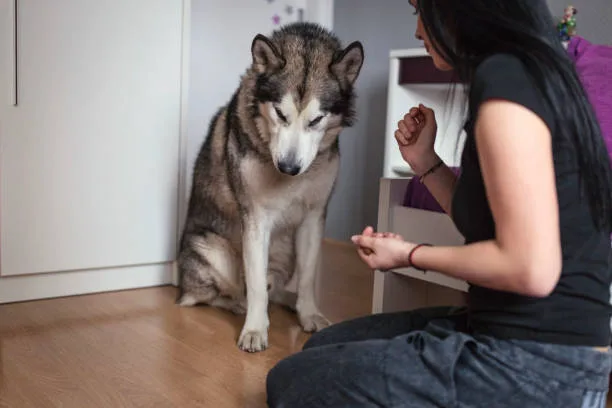
Positive Reinforcement Strategies
On Medium about: How to make husky howl
Positive reinforcement is essential in encouraging your husky to howl. Using treats and praise as rewards can reinforce the behavior and motivate your husky to continue howling.
When teaching your husky to howl, it’s important to have a stash of their favorite treats on hand. Whenever your husky successfully howls, immediately reward them with a treat and offer verbal praise.
This positive association will encourage them to repeat the behavior. Consistency is key when using positive reinforcement.
Always reward your husky for howling, even if it’s just a small attempt at first. Over time, they will learn that howling results in a positive outcome, making them more likely to do it.
Remember to be patient and consistent in your approach. Positive reinforcement not only helps in teaching your husky to howl but also strengthens the bond between you and your furry companion..
Consistently rewarding your husky with treats and praise when they howl can greatly reinforce their behavior in a compassionate and effective manner. For pet owners who are looking to take their training a step further and build harmonious relationships between different animals in their household, the article on "Fostering Feline Friendship with Your Husky" offers expert guidance and techniques.
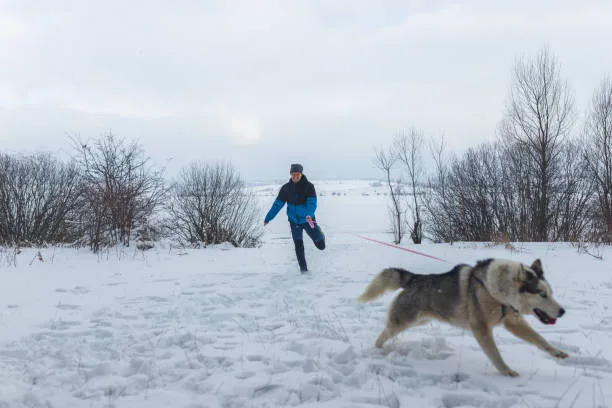
Howling as a Behavior Modification Tool
Teaching your husky to howl on command can be a valuable behavior modification tool. By incorporating howling into the training routine, you can address other behavioral issues effectively.
When you make husky howling a part of their training, it creates an opportunity to reinforce discipline and obedience in a unique way. The process of teaching your husky to howl on command can also enhance their overall responsiveness during training sessions.
As a result, it can contribute to a more well-rounded obedience and behavior modification program for your husky, making it an essential aspect of their training regimen.
On Quora about: How to make husky howl
Moreover, integrating howling into their training routine can also serve as a positive outlet for their energy, reducing the likelihood of them displaying undesirable behaviors. It provides them with a constructive way to communicate and express themselves, ultimately leading to a more balanced and well-behaved husky.
By leveraging howling as a behavior modification tool, you can create a more enriching and effective training experience for your husky, ensuring that their behavioral needs are well-addressed.
Mastering the skill of commanding your husky to howl not only enhances overall communication but can lead to improvements in various behavioral areas. To extend your expertise in husky care and tackle a different yet essential aspect of their well-being, visit our guide on the essentials of bathing your fluffy companion: bathing your husky puppy.
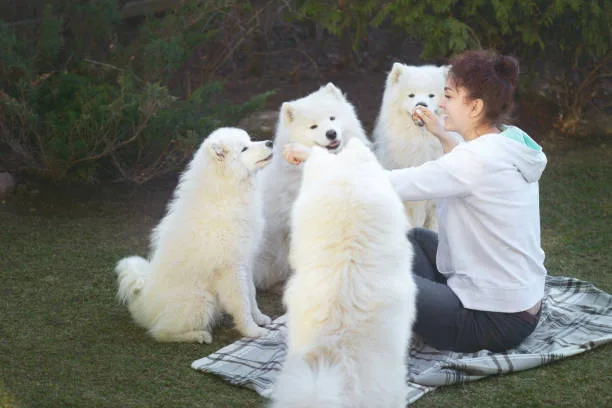
Practice Makes Perfect
Regular and consistent practice sessions are essential to help your husky become comfortable and proficient at howling. Set aside dedicated time each day for training, ensuring a quiet and relaxed environment to minimize distractions.
Begin with short practice sessions and gradually increase the duration as your husky becomes more familiar with howling on command. Patience is key, as every husky has their own learning pace.
It’s important to remain calm and encouraging throughout the training process, using positive reinforcement such as treats and praise to reward your husky’s progress. Consistency in your training approach will ultimately help your husky develop confidence and proficiency in howling.
Remember, practice truly makes perfect when it comes to nurturing this unique vocal behavior in your beloved husky.
American Kennel Club: How to make husky howl
Consistent and dedicated training sessions are vital for helping your husky grow comfortable and skilled at howling.
- Allocate daily time for training in a quiet, distraction-free environment.
- Start with short sessions and gradually increase the duration as your husky becomes more adept.
- Stay patient and maintain a positive, encouraging demeanor during training.
- Use positive reinforcement like treats and praise to reward your husky’s progress.
.
To delve deeper into nurturing your Husky's vocal habits while ensuring a calm and happy companion, consider exploring effective training techniques. Embark on the journey to a quieter home with your furry friend by visiting our comprehensive guide, "Mastering Positive Training: Your Solution to a Less Whiny Husky."
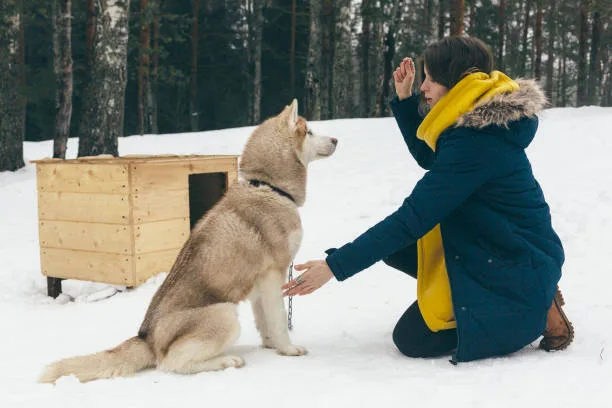
Knowing When to Stop
Recognizing signs of stress or discomfort in your husky is crucial when teaching them how to howl. It’s essential to observe their body language and behavior during training sessions.
Look for signs such as flattened ears, tucked tail, yawning, or attempting to escape the training area. These could indicate that your husky is feeling overwhelmed or stressed.
Additionally, if your husky becomes vocal in a distressed tone or seems disinterested in participating, it’s important to recognize their discomfort. Remember, every husky is unique, so be attentive to their individual cues and reactions.
Always prioritize your husky’s well-being, and if you notice any signs of stress or discomfort, it’s time to take a break from howling training. Regular breaks and a supportive approach will help maintain a positive and enjoyable training experience for your beloved husky.
Always prioritize your husky’s well-being, and if you notice any signs of stress or discomfort, it’s time to take a break from howling training.
Monitoring your husky for signs of stress is integral to their well-being during howling training. For further insight into the distinct characteristics and needs of similar breeds, explore our comprehensive comparison: Discover the Differences: Mini Husky and Alaskan Klee Kai.
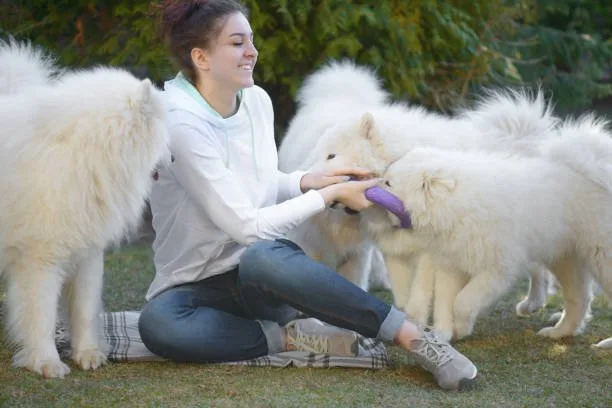
Troubleshooting Common Challenges
If your husky seems uninterested in howling or is struggling to learn how to howl, there are a few steps you can take to troubleshoot these common challenges. Firstly, ensure that you are creating a supportive and comfortable environment for your husky, free from any distractions or stressors that may be hindering their willingness to howl.
Additionally, consider increasing the appeal of the sound triggers you are using, such as incorporating different pitches or tones to pique your husky’s interest. It’s also important to be patient and persistent in your efforts. Some huskies may take longer to pick up on howling cues, so consistently practice and reinforce positive behavior.
Additionally, observe your husky’s body language and reactions during training sessions. If they seem stressed or disengaged, it may be best to take a break and resume training at a later time.
Remember, every husky is unique, and some may require more time and encouragement than others to feel comfortable with howling. Furthermore, consider seeking guidance from professional trainers or behavior specialists who have experience working with huskies. They may provide valuable insights and tailored techniques to help address your husky’s specific challenges with howling.
Lastly, keep in mind that not all huskies may be inclined to howl, and that’s perfectly okay. It’s essential to respect your husky’s individual disposition and not force them into behavior that causes discomfort or anxiety.
Ultimately, the bond and trust you build with your husky are far more important than their ability to howl on command..
If your husky's disinterest in howling leaves you puzzled, expanding their activities might pique their curiosity in other ways. Discover new and engaging methods to bond with your pet by exploring how to safely introduce your husky to the joys of swimming in our detailed guide on 'Huskies and Water Activities'.
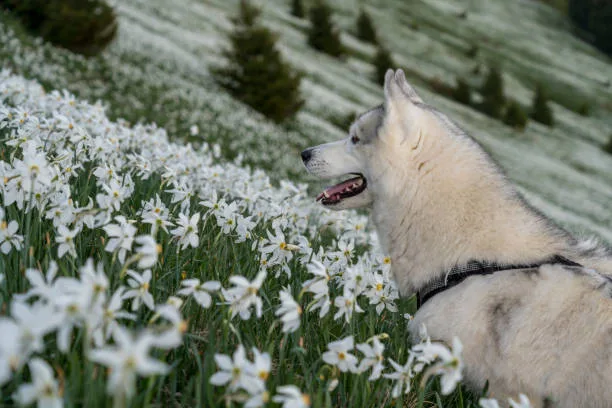
Understanding Canine Vocalization Patterns
Siberian Huskies have a distinct vocalization pattern that sets them apart from other dog breeds. Their howling, which is deeply rooted in their wolf ancestry, serves various communicative purposes.
To effectively train a husky to howl, one must pay close attention to their unique vocal cues and responses. Understanding the specific sounds and patterns of husky vocalizations is crucial for guiding their behavior and implementing appropriate training techniques.
By recognizing and interpreting these vocal cues, owners can better understand the needs and emotions of their husky, ultimately strengthening the bond between human and dog. This level of attentiveness to husky vocalization patterns is essential for successful husky behavior guidance and effective howling training.
By recognizing and interpreting these vocal cues
Understanding the specific sounds and patterns of husky vocalizations is crucial for guiding their behavior and implementing appropriate training techniques.
This level of attentiveness to husky vocalization patterns is essential for successful husky behavior guidance and effective howling training.
Grasping the nuances of a Siberian Husky's vocal communication is critical for implementing successful training methods and guiding their behavior effectively. Uncover more insights on enhancing your husky's well-being and learn about optimal gear by exploring our comprehensive guide on choosing the perfect harness for your spirited companion at upgrading your husky's harness.
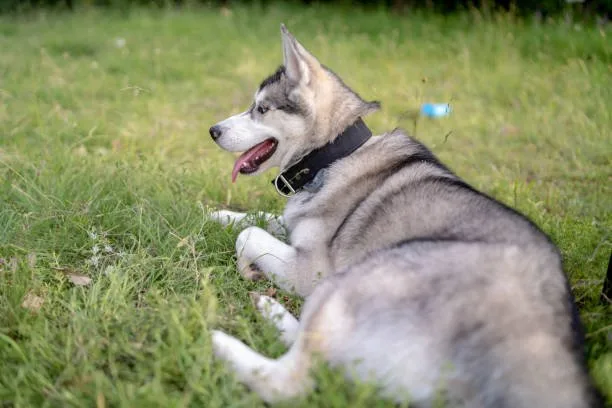
Fostering a Supportive Howling Environment
Creating a supportive environment is crucial for fostering successful husky howling sessions. To achieve this, it is important to prioritize the physical and mental well-being of your husky.
Providing regular exercise and mental stimulation tailored to your husky’s breed-specific needs is essential in reducing the likelihood of excessive howling as a means of seeking attention due to boredom or pent-up energy. This can be achieved through activities such as long walks, runs, interactive play, and engaging toys that challenge their cognitive abilities.
By meeting these stimulation requirements, you can establish a strong bond with your husky while ensuring their overall health and happiness are at the forefront of the howling training experience.
By maintaining a stimulating environment, you can help your husky express their natural instincts in a healthy and controlled manner, ultimately minimizing any potential negative effects of excessive howling.
Regular mental and physical engagement not only enriches your husky’s life but also provides the ideal foundation for implementing effective howling training techniques.
To discover more about nurturing the unique needs of your devoted companion, venture into an engaging narrative that explores the dynamic bond between a girl and her protective canine. Immerse yourself in this thrilling manga adventure that perfectly captures the essence of companionship and the excitement of life with a guardian husky.
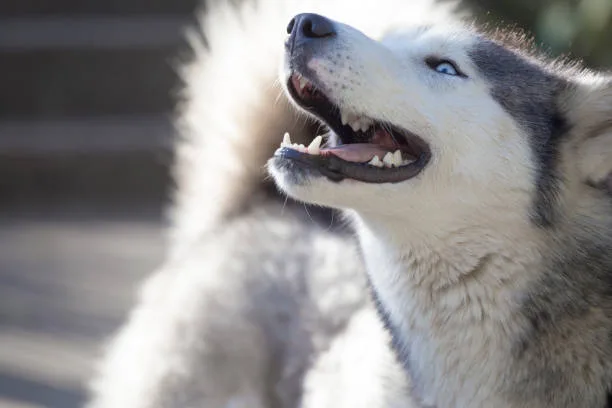
Integrating Howling into Husky Socialization
Huskies are pack-oriented animals, and howling plays a crucial role in their socialization. By integrating howling into domestic settings, you can effectively communicate with your husky and enhance their sense of belonging to the family unit.
Socialization and howling exercises can be particularly beneficial in addressing issues like husky separation anxiety.
Through positive reinforcement training, you can use howling to reassure your husky when they are alone, helping to alleviate their anxiety and prevent nuisance howling behaviors.
Furthermore, incorporating howling into socialization activities supports your husky’s temperament and overall well-being. It creates a sense of companionship and reassurance, ultimately fostering a stronger bond between you and your husky.
To delve deeper into the fascinating dynamics of animal communication and social behavior, broaden your knowledge with our comprehensive exploration on the subject. Don't miss out—unearth the mysteries of these majestic creatures through our detailed article about dragons.
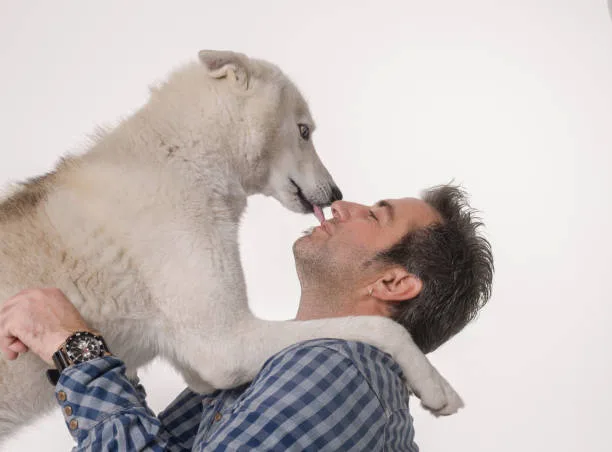
Harmonizing Vocal Expressions and Husky Care
To harmonize vocal expressions and husky care, it’s essential to strike a balance between encouraging the vocal expressions of huskies, like their distinctive wolf-like howls, and maintaining a level of control to cultivate a well-behaved canine member of the family. By understanding the natural inclination of huskies to howl, owners can incorporate howling as a means of communication during playtime, training, and socialization.
This not only strengthens the bond between the owner and the husky but also provides mental stimulation for the dog, addressing their need for both physical and mental exercise. Moreover, utilizing howling as part of husky care helps in managing their vocalizations in a positive manner, ensuring that it does not become excessive or disruptive.
Furthermore, by incorporating howling into training and play, owners can reinforce positive behaviors and redirect negative ones. This approach not only encourages appropriate vocalization but also contributes to the overall well-being and health of the husky, making it a crucial aspect of their care routine..
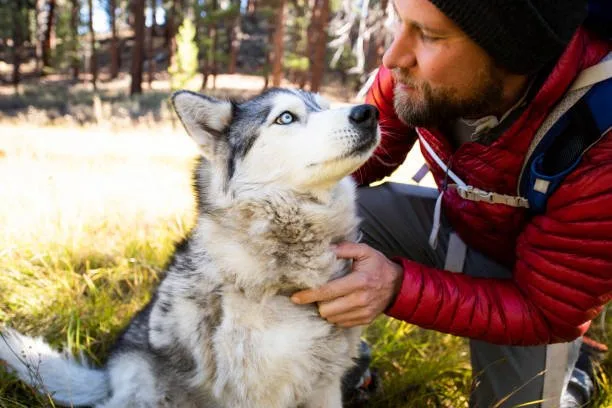
Maintaining Respect and Care
Ensuring that your husky is treated with respect during training is crucial for their well-being. When teaching your husky to howl, it’s essential to maintain a patient and understanding approach.
Avoid using any harsh methods or causing distress during the training process. Additionally, observe your husky’s behavior closely to ensure that the howling training is not leading to any negative effects on their physical or emotional health.
Always prioritize their comfort and well-being, and be ready to adjust the training methods if they show signs of discomfort or stress. It’s important to create a safe and positive environment to foster their natural behaviors while upholding their overall welfare.
Regularly assess their response to the training and make adjustments as needed to maintain respect and care throughout the howling training process and beyond.
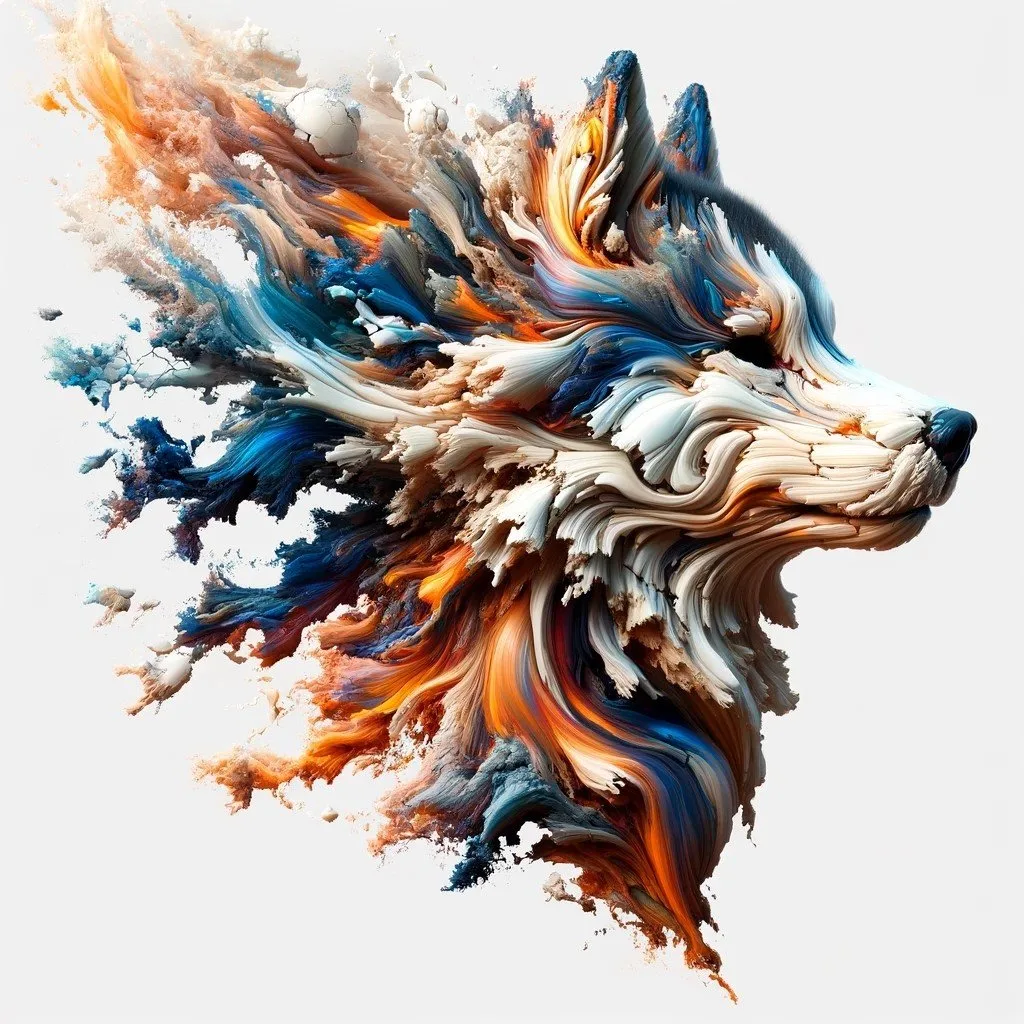
Leave a Reply